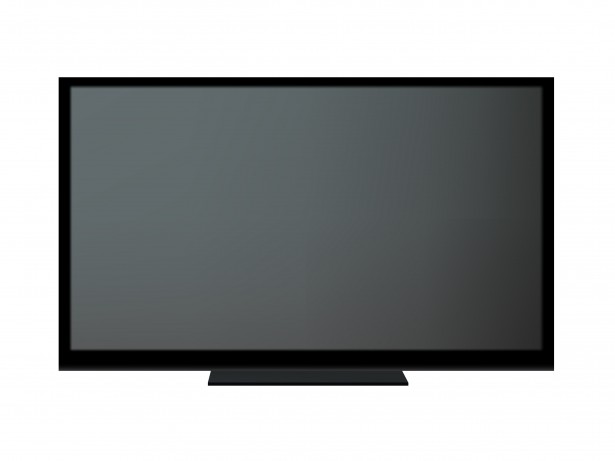Most people buy a new TV with the expectation that it will last them the better part of a decade. And in a way, it does. The big screen, the glossy panel, the sharp 4K picture, those hold up for years. What doesn’t? The so-called “smart” part.
Within two or three years, the apps that once launched instantly start to crawl. Netflix takes longer to load. The interface lags. Sometimes new services simply aren’t available. Soon, you find yourself muttering, “I guess it’s time for a new TV.”
Here’s the dirty little secret Big TV doesn’t want you to know: it’s not the screen that’s failing. It’s the $20 computer chip inside that runs the software. The brains of your TV are cheap, underpowered, and designed to age out quickly. The panel, the expensive part you actually paid hundreds or thousands for, is still just fine.
That means if you’re rushing out to replace your set every few years just because the “smart” feels dumb, you’re playing right into the manufacturers’ hands.
The truth is, you don’t need to replace the whole television. You just need to replace the brain. For about $40 to $60, you can buy a streaming stick—Amazon’s Fire TV Stick, Google’s Chromecast with Google TV, or a similar Android box—that plugs into your HDMI port and instantly transforms your “old” television into a brand-new smart TV. These little gadgets are essentially tiny computers, basically as advanced as a good smart phone, built specifically for streaming. They connect to your Wi-Fi, run the latest apps, and in many cases are more powerful than what came inside your TV in the first place.
If you’re an Android phone user, a Chromecast with Google TV gives you one-tap casting from almost any app. If you’re more of a Prime Video household, Amazon’s Fire Stick integrates seamlessly with their ecosystem. And if you’re a power user who likes tinkering, an Android TV box offers the flexibility of sideloading apps, running VPNs, or even retro gaming. In other words, the stick or box you choose is like upgrading to a higher-tier TV, without shelling out for a new set.
Here’s another twist most people overlook: your laptop can serve as the brain, too. Hook it up via HDMI, shut the lid, and your TV becomes a giant second monitor. Add a wireless keyboard and mouse, and suddenly you’ve got a fully couch-friendly media hub. Anything your laptop can do, stream Netflix, run YouTube, browse websites, even fire up a VPN for privacy, shows up on the big screen.
In fact, this setup is often better for privacy than a smart TV or stick. Your laptop handles all the traffic before it ever hits the TV, which means no hidden tracking by the TV’s built-in software. The television is just a display, nothing more.
It’s not as sleek as a handheld remote, but if you’ve already got the laptop, it’s essentially a free upgrade.
Why TVs Stay “Dumb” on Purpose. So why don’t TV makers just put high-end brains in their sets to begin with? Two reasons:
1. Cost. Most people shop TVs based on size and picture quality, not the speed of the menus. Manufacturers know this, so they spend money on the panel—the part you can see—and cut corners on the computer chip you can’t.
2. Planned Obsolescence. If your TV feels outdated in a few years, you’re more likely to buy another one. Keeping the “smart” cheap and temporary guarantees repeat customers. It’s a marketing trick dressed up in buzzwords. And until now, most consumers never questioned it.
Save Your Wallet (and Your Sanity). The next time you’re tempted by a shiny new television because your apps are lagging, pause. Ask yourself: is the picture still sharp? Is the screen still bright? If the answer is yes, the problem isn’t your TV, it’s the brains inside.
Instead of dropping $600 on a replacement, spend $50 on a streaming stick or simply repurpose your laptop. Both will breathe new life into your screen and keep your wallet from gasping for air.
You’ll enjoy faster apps, access to more services, and even the ability to run a VPN for added privacy, all without dragging another giant box through your door.
Televisions may be marketed as “smart,” but the real intelligence comes from knowing how to use them wisely. Once you separate the screen from the brains, you’ll never look at the living-room centerpiece the same way again.
So keep your panel, upgrade your brain, and laugh all the way to the bank. Just don’t tell Big TV. They might spit their coffee out reading this, and you wouldn’t want to be responsible for ruining their Armani suit.

